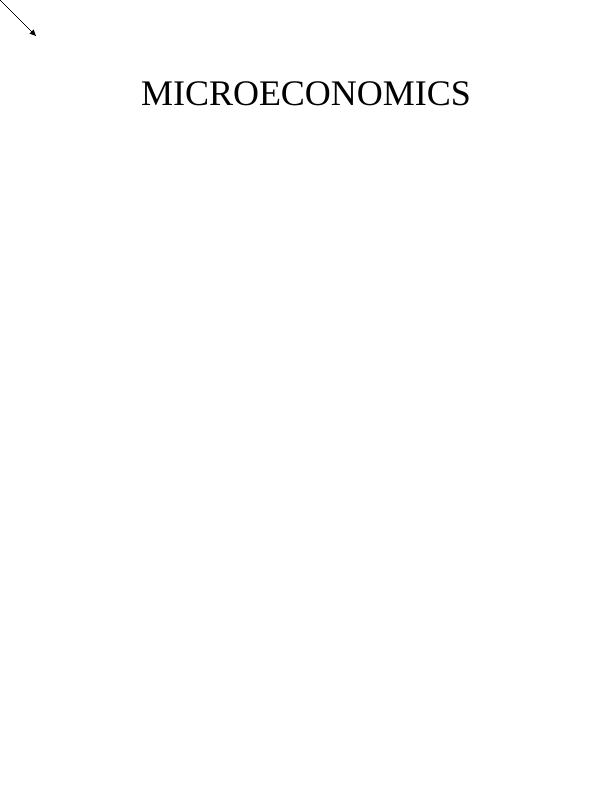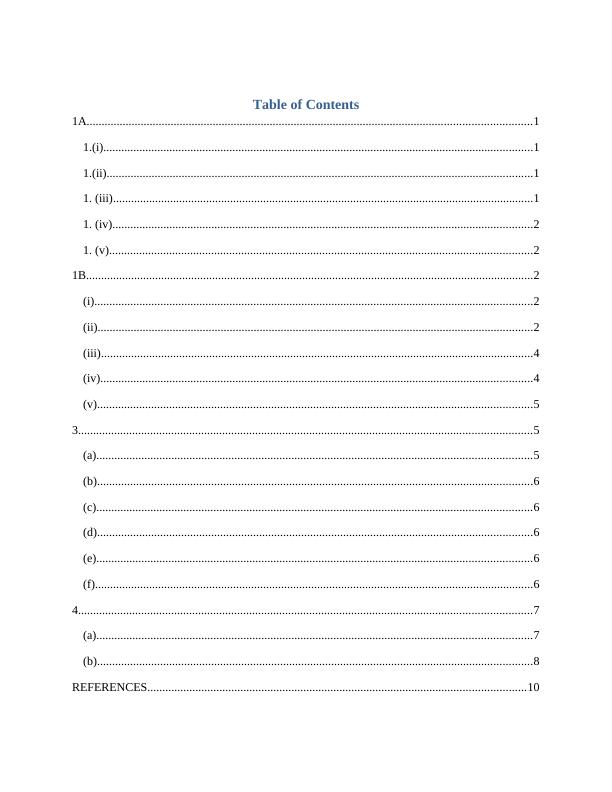MICROECONOMICS 1A 1 1. (i) Maximum number of coffee kg that can be picked by Jara and Pick
13 Pages1777 Words433 Views
Added on 2020-07-22
About This Document
8 REFERENCES 10 1A 1.(i) Maximum number of coffee kg that can be picked by Jara and Pick, if each of them dedicate 6 working hours every day can be compute as follows: 1.(ii) Maximum number of nuts kg that can be picked by Jara and Pick, when they both devote 6 hours every day, can be computed underneath: 1.(ii) Maximum number of nuts kg that can be picked by Jara and Pick, when they both devote
MICROECONOMICS 1A 1 1. (i) Maximum number of coffee kg that can be picked by Jara and Pick
Added on 2020-07-22
ShareRelated Documents
End of preview
Want to access all the pages? Upload your documents or become a member.
Microeconomics: Production Possibility Curve, Comparative Advantage, and Perfectly Competitive Market
|12
|2008
|301
ECO101: Principles of Microeconomics
|12
|2865
|42
ECO101 Microeconomics Assignment
|14
|2108
|67
ECO101- Microeconomics Assignment
|14
|2016
|38
Economics: Production Possibility Curve, Supply and Demand, Surplus, Elasticity, Cost and Revenue
|12
|1914
|262
Economics of Decision Making Answer Question 2022
|12
|1911
|10




